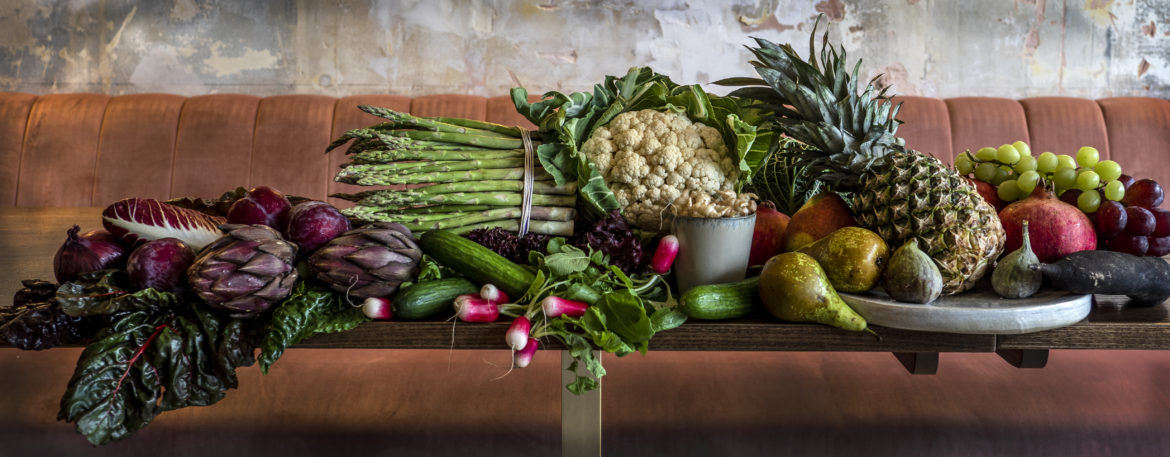During my first year at university, I spent a lot of time learning about what our Palaeolithic predecessors ate for dinner. In fact, working out what our Stone Age ancestors killed, picked, cooked and ate forms a significant proportion of the entire discipline of archaeology. I also realised that, as we get closer in the historical record to the present day, the less significant the diets of our forebears seem to be. Or at the very least, less emphasis is put on what our ancestors consumed. My experience of studying history (which I did in some form or another right up until I graduated) was one of taking a look at seemingly far more important issues than ‘what should we have for supper?’ and instead focusing on concepts, ideas, speeches, conquests, invasions, diplomacy and all the things we did in between mealtimes. Which, considering we all have to eat, is a real shame.
In an attempt to redress this balance, The Fitzwilliam Museum has put on a rather glorious exhibition called Feast & Fast: The Art of Food in Europe 1500-1800 and even if you haven’t ventured inside, you’ve almost certainly seen the giant gilded pineapple currently inhabiting the museum’s front lawn.
The exhibition itself contains items as diverse as a faithfully recreated 17th-century sugar banquet to Isaac Newton’s notebook, in which he lists the confections he indulged in during idle moments (presumably when he wasn’t formulating his principles) as well as numerous paintings, books and pieces of service ware that illustrate how our forebears ate during this key period in early modern Europe.
What is most surprising, though, is that many of the themes running through the exhibition feel incredibly relevant and progressive, even by 21st-century standards. Notions of animal welfare, vegetarianism, health, wellbeing and purity, and food as medicine are present throughout. If you think bone broth is a modern wellness fad, there is an austere and puritanical fasting cup that may well convince you otherwise. Clearly, the ultimate salvation may differ, but the route to it remains identical. It is with these themes in mind that we are creating a menu at Vanderlyle in conjunction with Feast & Fast for our very first collaboration. For a fortnight at the end of March and the start of April, we are cooking a six-course menu directly inspired by the items and exhibits chosen by the exhibition’s co-curators, Melissa Calaresu and Victoria Avery.
We knew early on that we didn’t want to simply cook recipes from some of the books on display or attempt to create an immersive historical dining experience. Instead, we wanted to craft a menu that remained true to our general philosophy of using the best ingredients and using them to cook dishes that are directly inspired by the wonderful displays and the more general themes of the exhibition itself.
This notion is perhaps best seen in a book by 17th-century diarist (and contemporary of Samuel Pepys) John Evelyn, a vegetarian so committed that he wrote a book titled Acetaria: A Discourse of Sallets. In it, he dutifully lists all the possible ingredients that can be used to craft a multiple-element salad, as well as how to cook and prepare them and when they are in season. It feels so fresh and modern and familiar that I almost expected it to end with the words #plantpowered.
We are deeply honoured to have been asked by The Fitzwilliam Museum to work with them in creating this series of dinners and very much look forward to welcoming some of you through the doors to share this experience with you. And if you haven’t yet seen the exhibition, I highly recommend that you head over there before it closes on 26 April.

